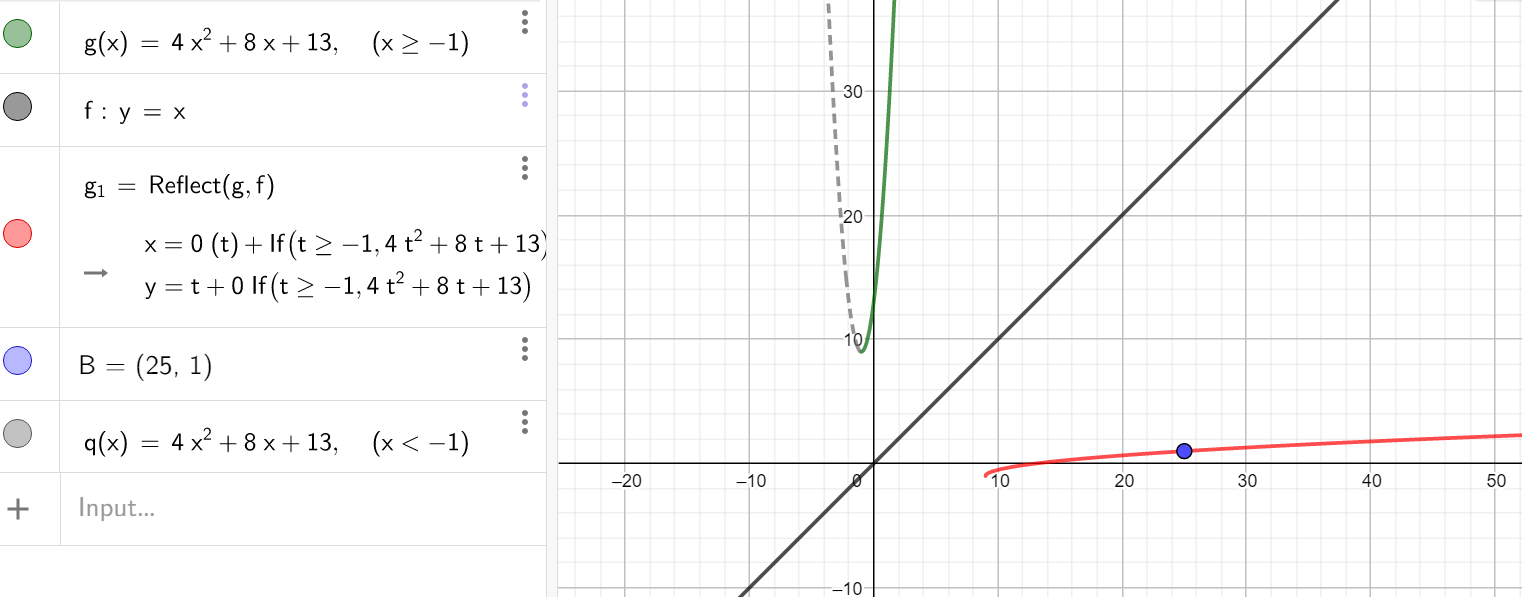Solution 1:
Probability of two (2) sixes on a single die occurring before the occurrence of two (2) sets of three heads, in two sequential events.
The first roll: the probability of a six is (1/6). At this point, the outcome of the coins does not matter. Probability: (1/6) * 1 ≈ 0.16667
The second roll: the probability of a six is (1/6). At this point, the outcome of the coins cannot be three heads. Probability: (1/6) * (1-(1/8)) ≈ 0.14583
The two events can occur in any order. Mean probability (0.16667 + 0.14583)/2 ≈ (0.15625)
----
Probability of two (2) sets of three heads occurring before or in concurrence with two (2) sixes occurring on a single die, in two sequential events.
The first roll: the probability of three heads is (1/8). The outcome of the coins does not matter. Probability: (1/8) * 1 ≈ 0.125
The second roll: the probability of three heads is (1/8). The outcome of the coins does not matter. Probability: (1/8) * 1 ≈ 0.125
The two events are not distinguishable. Mean probability: (0.125 + 0.125)/2 = 0.125
----------------------------
Solution 2:
Each event can have 48 unique arrangements of die number and ordered (H/T) coin sets. Any of these 48 arrangements can occur twice in the two events.
In the two (2) events, there are 96 total arrangements, and there are 15 arrangements that give success to the die. Probability of success for the die in two events: (15/96) = (0.15625).
In the two (2) events, there are 96 total arrangements, and there are 12 arrangements that give success to the set of coins. Probability of success for coins in two events (12/96) = (0.125)
The question asks:
What is the probability that I flip three heads twice in a row before I roll two 6's twice in a row?
Rewording this to clarify:
What is the probability that I flip a set of three coins to three heads twice in sequence before I roll a 6 on a die twice in sequence?
In a large sample of twin events 71.875% of the time there is no success for either the die or coins. For 28.125% of the either the coins or the die have a success. In this space, the coins are successful 44.44% of the time and the die is successful 66.66% of the time. So the probability of set 3 coins has three heads twice in sequence before a die has two sixes in sequence is 44.44% 

Ambiguous wording aside, this is an interesting question.
GA
--. .-
